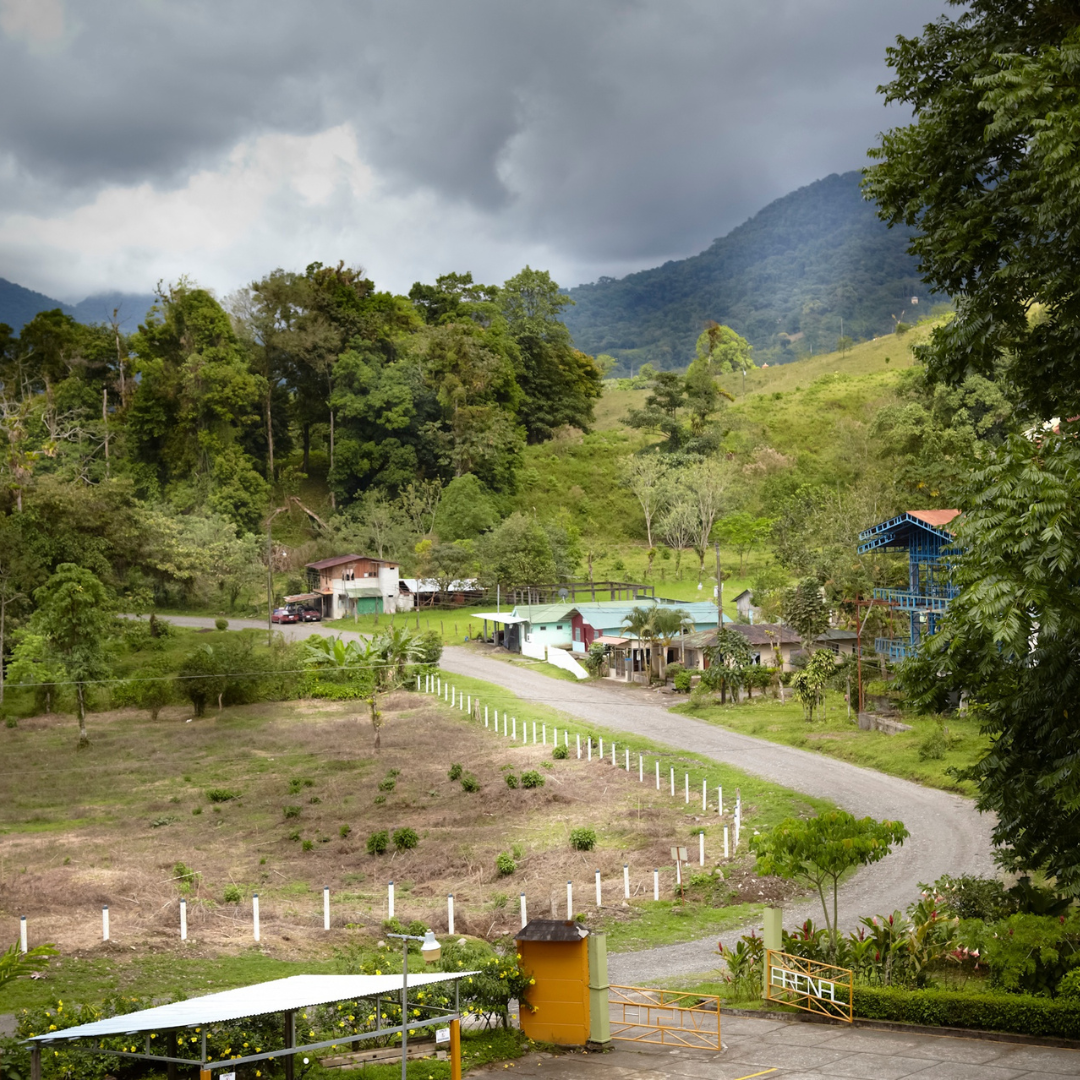Everything You Need to Know About Driving in Costa Rica
There’s no shortage of things to see, do, and learn while on vacation. If you’re visiting Costa Rica, there’s one major activity you should try to fit in: driving. Costa Rica’s highways are ranked 7th in the world for driver safety, so taking a road trip in the country is, quite literally, a worry-free experience. Costa Rica’s roads are generally well-maintained and safe, though you might still encounter potholes and pedestrians. The traffic is congested, though it’s not as bad as that of congested cities.
Driving in Costa Rica can be intimidating at first. From not knowing the speed limit to maintaining control over a manual transmission, there are many things that a first-time driver needs to be aware of. But, after you learn the ins and outs, you can enjoy the freedom that driving in Costa Rica has to offer.
Driving In Costa Rica
Driving in Costa Rica is easy! You shouldn’t have any problems if you follow basic traffic laws. It’s advisable to drive in the middle of the road—unless you pass a vehicle on your right. In that case, you drive on the far-right side of the median. The centre of the median is also the passing lane. Behind you, if another car is coming in the opposite direction, you should indicate your intent to pass by slowing down. When driving at night, you should keep at least 250 meters (820 feet) between your vehicle and the car in front of you.
Driving Rules
- A driver’s license in Costa Rica is what’s known as a “carnet de conducir.”
- A driver’s license in Costa Rica is valid for 2 years.
- An international driver’s license is acceptable.
- Speed limits in Costa Rica are 50 mph in cities and towns, 90 mph on the highways, and 100 mph on divided highways.
- Driving under the influence of alcohol is against the law.
- Distracted driving is illegal.
- Seatbelts can’t be removed while driving.
- Children under the age of 14 must be seated in the backseat.
- It is illegal to pass a school bus.
- Lanes must be kept apart.
- Passing a school bus is dangerous.
- It is illegal to tailgate other vehicles.
- Driving in Costa Rica is on the right side of the road, and when you overtake, you go to the left.
Driving Techniques
- Choose the Right Seat on the Car
- Relax
- Make Sure Your Seatbelt is Secure
- Use Cruise Control
- Use Lane Position
- Obey Freeway Signs
- Watch Your Speed Limit
- Leave Enough Space Between You and the Car Behind
Driving License
- A driving license is required for all driving vehicles.
- The legal age to drive a car in Costa Rica is 18 years.
- You must carry a driving license with you whenever you drive.
- All that is required to operate a vehicle in Costa Rica is a valid driver’s license from your home country.
Insurance
- In Costa Rica, anyone who drives a vehicle is required by law to have car insurance. The Motor Vehicle Registry is the central licensing authority, and the issuance of a driver’s license is contingent upon a driver having adequate insurance. When purchasing car insurance, drivers must purchase a coverage plan that includes physical damage, bodily injury, and property damage liability. These coverage plans offered by insurance companies are intended to cover compensations to other individuals in the event of an accident.
- Costa Rica’s car insurance laws are similar to those in the USA. The most important document to a car accident victim is the insurance certificate, which is named “bloque de Seguridad social.” It is a document that proves that the foreigner is insured. Furthermore, it is mandatory for every vehicle in Costa Rica to have an insurance certificate.
There are many random road signs in Costa Rica. They are generally helpful. However, some are even helpful in reminding you to stop. While these signs are helpful, many drivers will ignore them completely. Therefore, sight distances are smaller, and accidents are more common. Costa Rica offers drivers a safe, charming, and fun way to get to know the country. The country’s drivers are some of the nicest in the world. Not only do they avoid accidents, but they almost aggressively wave you past!

